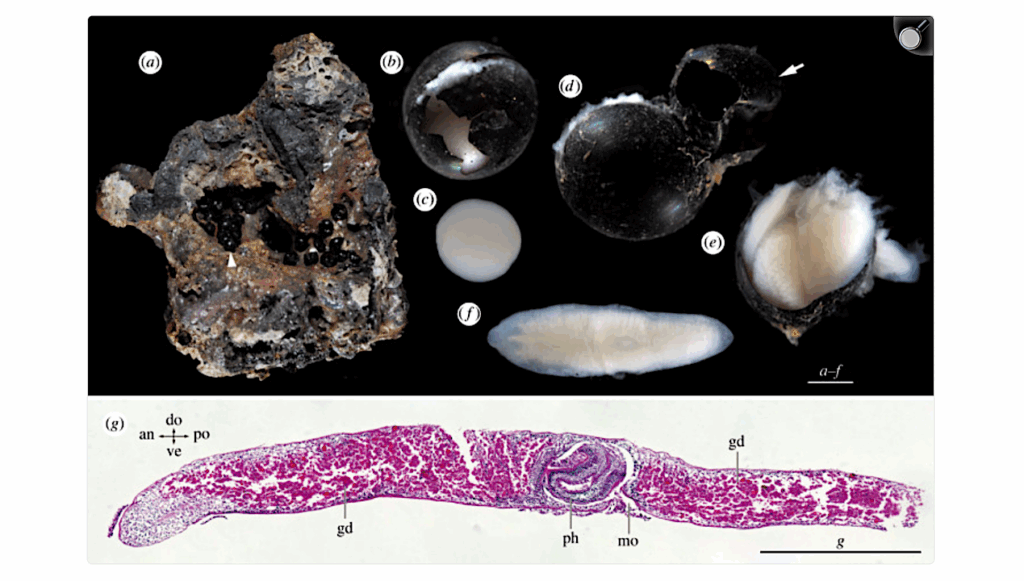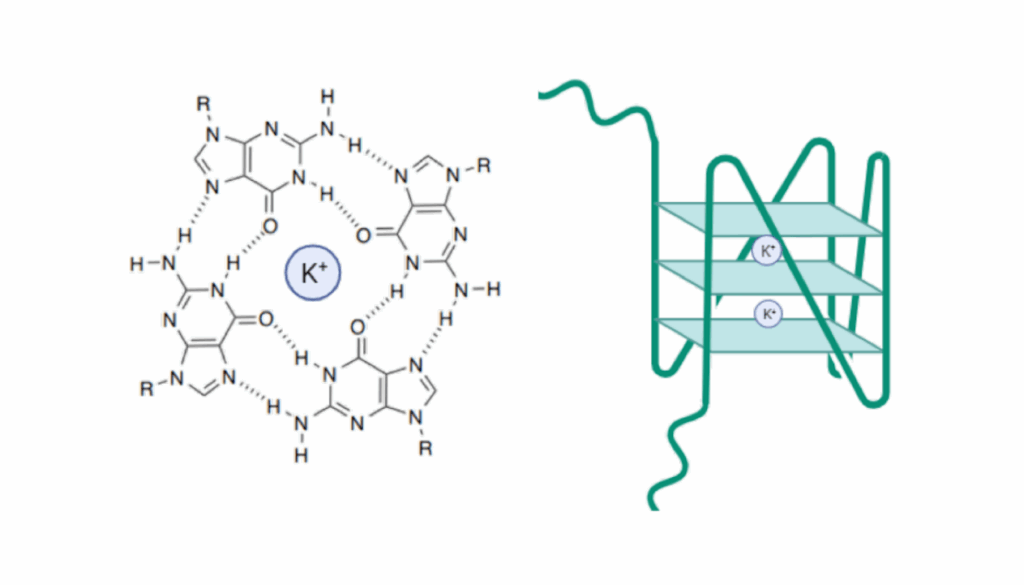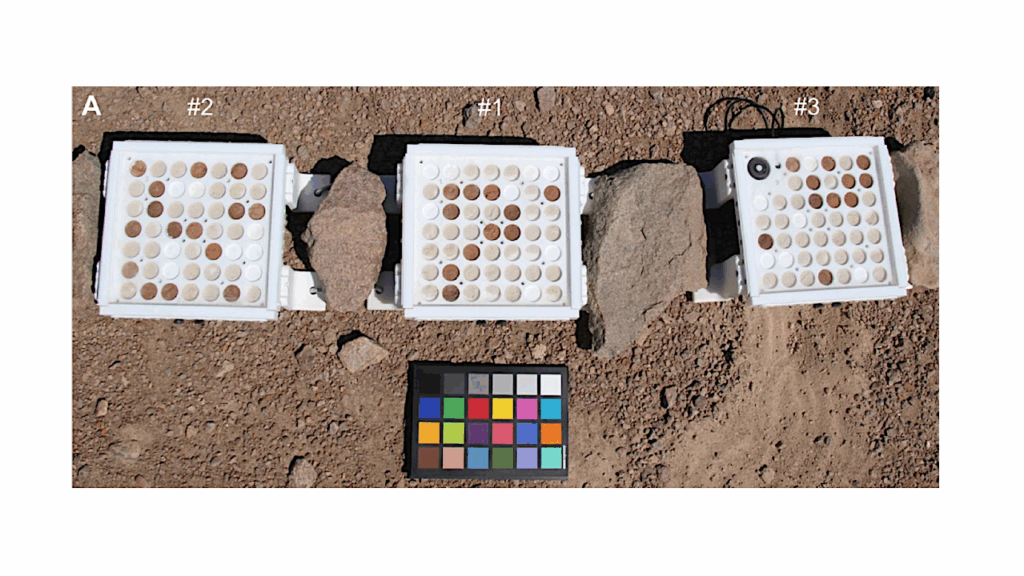Life Exisists at the High Lakes in South America Despite the Constant Exposure to Ultraviolet Light
Nathalie Cabrol, a planetary geologist for Search for Extra-Terrestrial Intelligence (SETI) who works at NASA Ames and has been leading the High Lakes project for several years, has been documenting the changes in environment. In this blog, we will cover what has been learned specifically from the ultraviolet light at the lake. The High Lakes project covers research in the Licancabur, Aguas Calientes, Poquentica, Escalante, Laguna Verde and Laguna Blanca lakes. Previous blogs on the High Lakes Project have detailed some of the findings from this research.
The ice cover present from April to September on Licancabur Lake, one of the lakes Cabrol studied, serves as shelter to life from ultraviolet radiation as well as keeping the temperature of this lake warmer. Cabrol has been researching the evolution of life throughout the years in these lakes whether they are protected or not from the ultraviolet radiation. The ice cover also created a significant rise in temperature, which meant that the bacterial life here was different. Different depths of the lake have different types of life. As the depth increased, the amount of zooplankton increased as well. At the altitude of the Licancabur lake, ultraviolet radiation is extremely high (216 percent that of sea level). The lakes actually receive a little more than 2.5 times the total ultraviolet A and B (UVA + UVB) of Mars. “You have to remember that we still have an atmosphere on top of us compared to Mars, so it’s a lot. UVB at Licancabur is half what Mars receives,” said Cabrol.
UVA and UVB become less damaging to life as the depth of the water increases. However, they damage life in different ways. UVA causes indirect damage while UVB damages the DNA and protein directly. While collecting samples, Cabrol paid particular attention to which samples had been exposed to UVA and UVB radiation. Laguna Blanca, another one of the lakes studied, shows signs of life in colonies close to the shoreline that are not in the water so this life is never sheltered to the damaging ultraviolet sun rays and yet manages to survive. [Source: http://center.arc.nasa.gov/ ]








